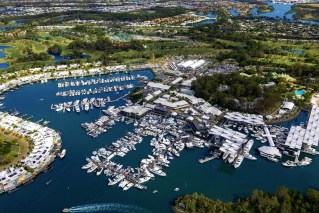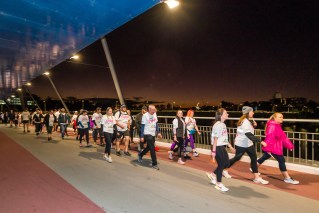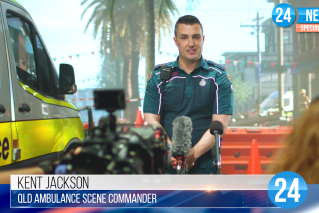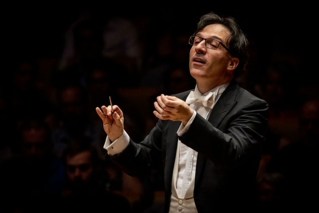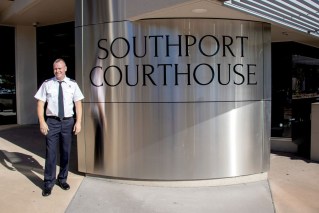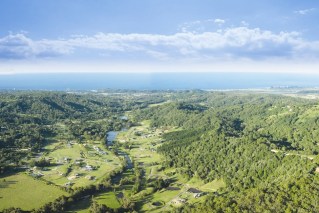Waterways, coastline plan to help create a greener Gold Coast
New technology to detect and manage hyper-local impacts of climate change will spearhead a new plan to help manage rising sea levels and extreme weather events on Queensland’s Gold Coast.
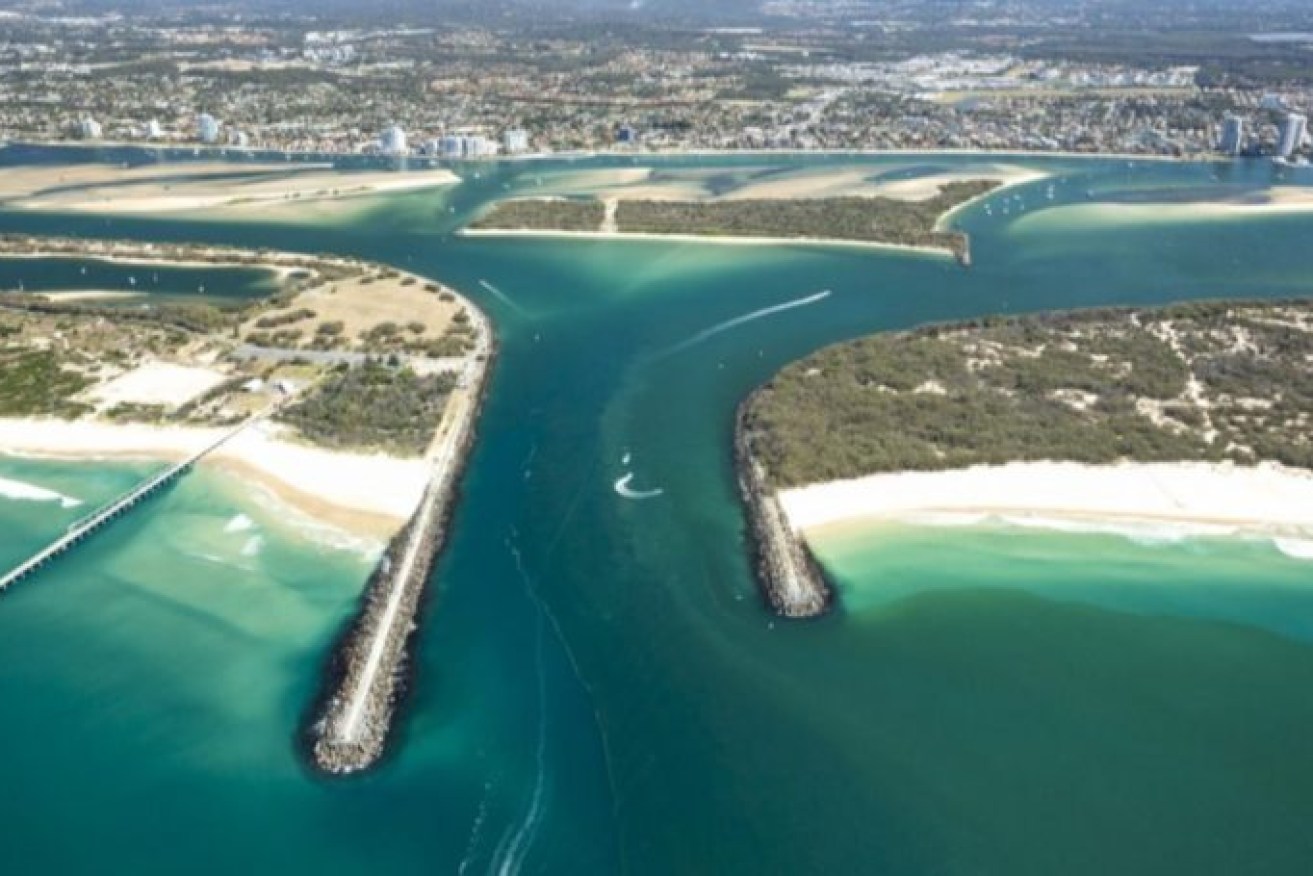
View of Wave Break Island on the Gold Coast.
The project aims to make the city, famous for its 57 kilometre coastline of pristine sandy beaches and labyrinth of waterways, creeks and canals, a national and international leader in climate change adaptation.
The waterways and coastal hazards project is the latest in a raft of environmental programs being undertaken by the Gold Coast in an environmental charge to adapt and future-proof itself to climate change.
In the past few months, the city has unveiled plans to increase tree canopy cover, a new beaches education program and dune planting blitz, new road recycling technology to halve greenhouse gas emissions normally produced during conventional asphalting, and world-first electric vehicle fast-charging technology to anchor Queensland’s electric superhighway.
Mayor Tom Tate said the latest project, which would also look at building new infrastructure to protect the coast, would make the Gold Coast a leader in adapting to climate change.
“As chair of our Local Disaster Management Group, I’m particularly interested in the outcomes as these will assist us in forward planning for how we prepare for, and tackle, natural events that may threaten our city’s coastline and infrastructure,” Tate said.
Under the partnership with the State Government and Gold Coast Waterways Authority, the City of Gold Coast project will develop new technology and environmental management practices to protect vital existing Gold Coast infrastructure including the Gold Coast Seaway, the Sand Bypass system and Wave Break Island.
The Gold Coast Seaway and world-first Sand Bypass System were created in the 1980s to protect the city’s coastal systems and were among Australia’s most significant engineering feats of the time.
Wave Break Island was created as part of the Gold Coast Seaway construction project to protect the western foreshore of the Broadwater from waves that might penetrate the seaway entrance.
The stunning Wave Break Island has since become a popular destination for day visitors.
State Transport and Main Roads Minister Mark Bailey said the plan would consider building new infrastructure or altering environmental management practices.
“With a natural capital value of $26 billion and over 6,000 direct and indirect jobs relying on our waterways you can see why they need to be at the heart of our strategy to respond and adapt to climate change,” Bailey said.
He said the city relied on the existing infrastructure to ensure ongoing and safe access to waterways for recreational boaties and commercial operators.
“They also protect public open spaces including Doug Jennings Park at The Spit and foreshores along the Broadwater from hazards like storm surges and erosion,” he said.
“This project will consider how these assets are holding up against climate change impacts and what future infrastructure is needed to respond to the changing environment.”
Green behind the Gold
As well as potential new technology and major coastal infrastructure, the Gold Coast has launched a new dune planting program to increase the native vegetation coverage along the beachfront to protect the coastline from erosion, extreme weather and tidal surges.
The dune restoration comes as the city’s green canopy continues to grow under a tree-planting program, despite tree clearing in the growing northern suburbs to support new housing estates.
Since 2012, the city has planted more than 50,000 trees in streets and parks and 652,680 trees in natural areas.
The average tree canopy cover across the Gold Coast’s urban footprint is 32 per cent, with 21 per cent of that tree canopy cover on privately-owned land, 8 per cent of the canopy cover on publicly-owned land including open space, and 3 per cent on road reserves.
“I want to see a continued focus on increasing tree canopy and street-lined landscapes throughout our city, providing cool thoroughfares. I also want to see greater focus on the habitat corridors we are establishing to give linkages for animals moving across our broader landscape,” Tate said.
Gold Coast’s road to green
In June last year, the Gold Coast was trialling a new road recycling technology that aims to halve the greenhouse gas emissions produced during conventional asphalting.
The process uses foaming bitumen that also breaks down and recycles the existing road.
The existing material is altered and mixed to create a technically superior pavement, all on the spot and without the need to dig up and dispose of existing road material.
Tate said the trial technology could also cut road maintenance costs for the city, which is responsible for 3,230 kilometres of local roads, by 30 to 50 per cent.
Meanwhile, the city will become one of the nation’s electric vehicle hubs and a key stopover on the state’s electric superhighway with the installation of a network of 10 world-first fast-charging stations by Brisbane technology company Tritium.
The network, over a 50km city-wide radius from Pimpama on the northern edge of the Gold Coast to Coolangatta in the south, will be offset by solar power generation.
The charging technology is 50 per cent quicker than standard 50kW charging stations and is capable of charging two vehicles at once.


